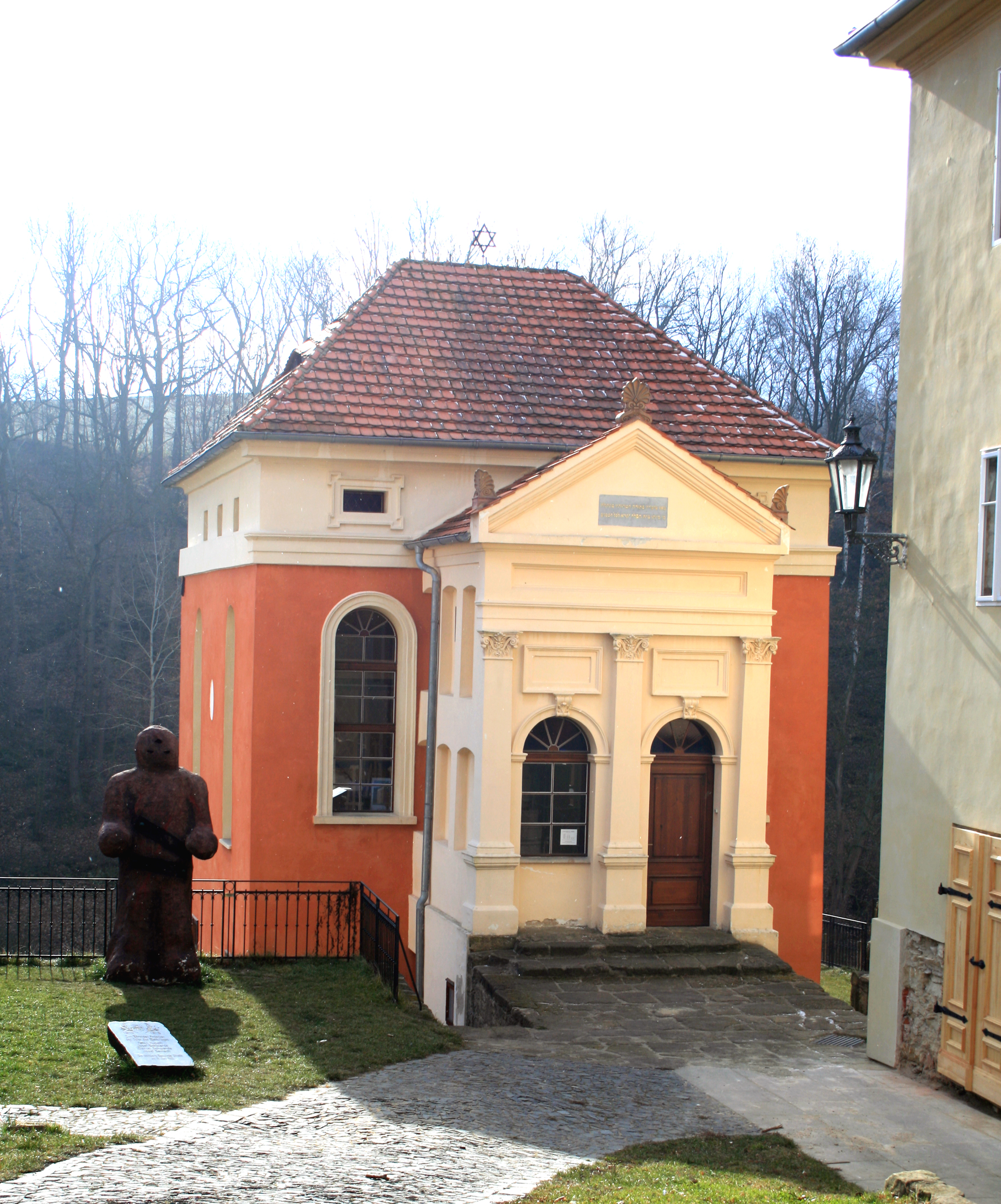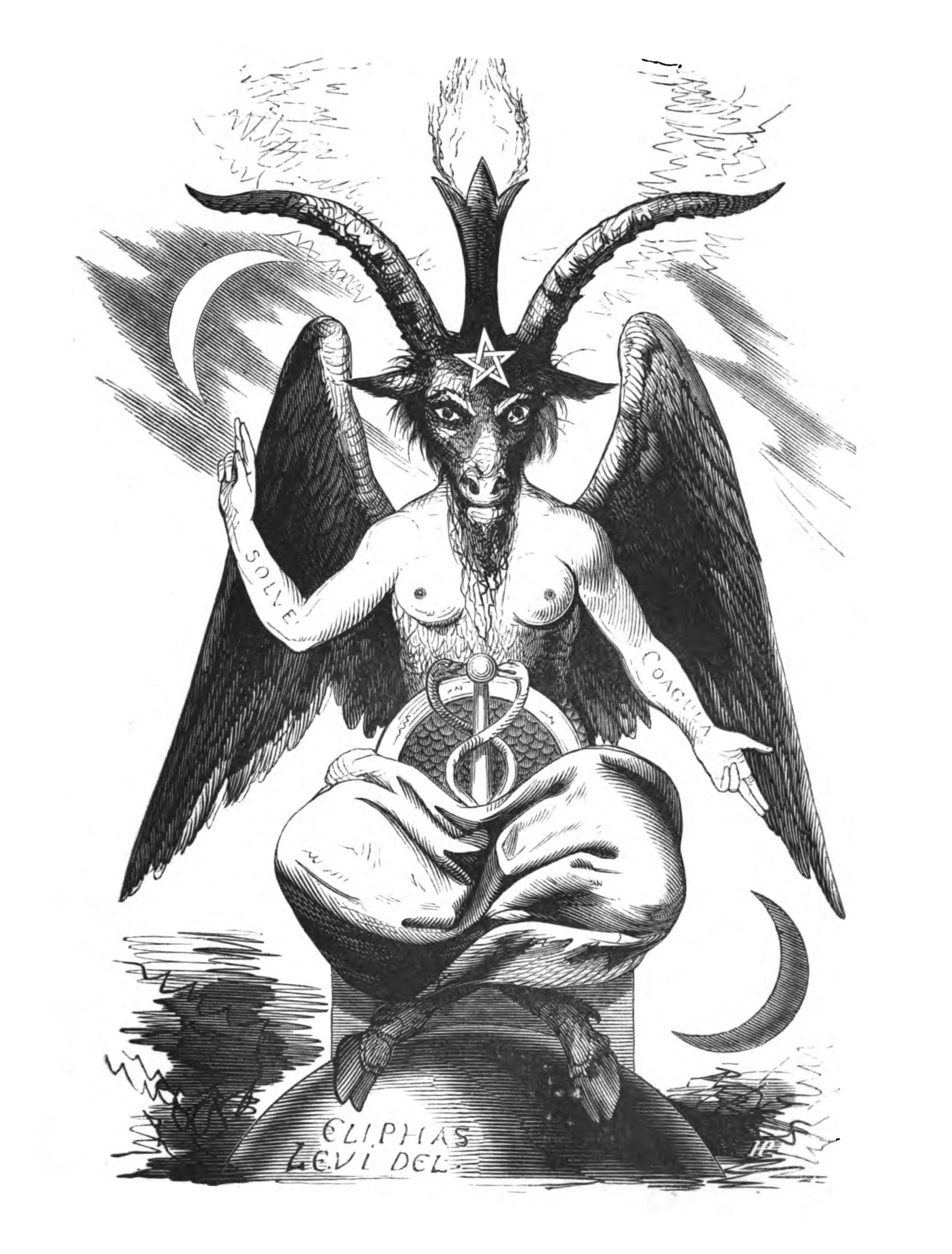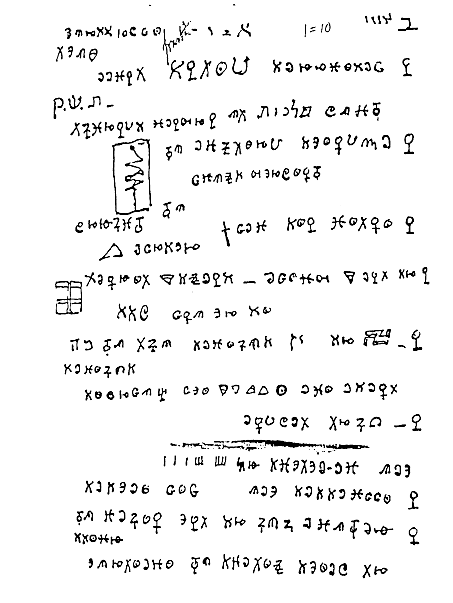|
Qabalah
Hermetic Qabalah () is a Western esoteric tradition involving mysticism and the occult. It is the underlying philosophy and framework for magical societies such as the Golden Dawn, Thelemic orders, mystical-religious societies such as the Builders of the Adytum and the Fellowship of the Rosy Cross, and is a precursor to the Neopagan, Wiccan and New Age movements. The Hermetic Qabalah is the basis for Qliphothic Qabala as studied by left-hand path orders, such as the Typhonian Order. Hermetic Qabalah arose alongside and united with the Christian Cabalistic involvement in the European Renaissance, becoming variously Esoteric Christian, non-Christian, or anti-Christian across its different schools in the modern era. It draws on a great many influences, most notably: Jewish Kabbalah, Western astrology, Alchemy, Pagan religions, especially Egyptian and Greco-Roman (it is from the latter that the term "Hermetic" is derived), neoplatonism, gnosticism, the Enochian system of a ... [...More Info...] [...Related Items...] OR: [Wikipedia] [Google] [Baidu] |
Qliphoth
In the Zohar, Lurianic Kabbalah and Hermetic Qabalah, the ''qliphoth/qlippoth/qlifot'' or ''kelipot'' ( ''qəlīpōṯ'', originally Aramaic: ''qəlīpīn'', plural of ''qəlīpā''; literally "peels", "shells", or "husks"), are the representation of evil or impure spiritual forces in Jewish mysticism, the polar opposites of the holy Sefirot. The realm of evil is also termed ''Sitra Achra'' (Aramaic: ''sīṭrāʾ ʾaḥrāʾ'', the "Other Side") in Kabbalah texts. In the Zohar The ''Qlippot'' are first mentioned in the Zohar, where they are described as being created by God to function as a literal nutshell for holiness. The text subsequently relays an esoteric interpretation of the text of Genesis 1:14, which describes God creating the moon and sun to act as "luminaries" in the sky. The verse uses a defective spelling of the Hebrew word for "luminaries", resulting in a written form identical to the Hebrew word for "curses". In the context of the Zohar, interpreting the ... [...More Info...] [...Related Items...] OR: [Wikipedia] [Google] [Baidu] |
Kabbalah
Kabbalah ( he, קַבָּלָה ''Qabbālā'', literally "reception, tradition") is an esoteric method, discipline and school of thought in Jewish mysticism. A traditional Kabbalist is called a Mekubbal ( ''Məqūbbāl'' "receiver"). The definition of Kabbalah varies according to the tradition and aims of those following it, from its origin in medieval Judaism to its later adaptations in Western esotericism ( Christian Kabbalah and Hermetic Qabalah). Jewish Kabbalah is a set of esoteric teachings meant to explain the relationship between the unchanging, eternal God—the mysterious '' Ein Sof'' (, ''"The Infinite"'')—and the mortal, finite universe (God's creation). It forms the foundation of mystical religious interpretations within Judaism. Jewish Kabbalists originally developed their own transmission of sacred texts within the realm of Jewish tradition and often use classical Jewish scriptures to explain and demonstrate its mystical teachings. These teachings are h ... [...More Info...] [...Related Items...] OR: [Wikipedia] [Google] [Baidu] |
Thelemic
Thelema () is a Western esoteric and occult social or spiritual philosophy and new religious movement founded in the early 1900s by Aleister Crowley (1875–1947), an English writer, mystic, occultist, and ceremonial magician. The word ''thelema'' is the English transliteration of the Koine Greek noun (), "will", from the verb (): "to will, wish, want or purpose." Adherents to Thelema are called ''Thelemites'', and phenomena within the scope of Thelema are termed ''Thelemic''. Crowley wrote that, in 1904, he had received a text or scripture called ''The Book of the Law'', dictated to him by a potentially non-corporeal entity named Aiwass. This text was to serve as the foundation of the religious and philosophical system he called Thelema. Crowley identified himself as the prophet of a new era in humanity's spiritual development, a novel age he termed the Æon of Horus. According to Crowley, the facticity of his prophethood was mainly predicated upon his reception of ... [...More Info...] [...Related Items...] OR: [Wikipedia] [Google] [Baidu] |
Practical Kabbalah
Practical Kabbalah ( he, קַבָּלָה מַעֲשִׂית ''Kabbalah Ma'asit'') in historical Judaism, is a branch of the Jewish mystical tradition that concerns the use of magic. It was considered permitted white magic by its practitioners, reserved for the elite, who could separate its spiritual source from Qliphoth realms of evil if performed under circumstances that were holy (Q-D-Š) and pure, ''tumah and taharah'' (). The concern of overstepping Judaism's strong prohibitions of impure magic ensured it remained a minor tradition in Jewish history. Its teachings include the use of Divine and angelic names for amulets and incantations.Elber, Mark. ''The Everything Kabbalah Book: Explore This Mystical Tradition--From Ancient Rituals to Modern Day Practices'', p. 137. Adams Media, 2006. Practical Kabbalah is mentioned in historical texts, but most Kabbalists have taught that its use is forbidden. It is contrasted with the mainstream tradition in Kabbalah of ''Kabbalah Iyu ... [...More Info...] [...Related Items...] OR: [Wikipedia] [Google] [Baidu] |
Cabala (other)
Cabala (alternately Kabbala(h) or Qabala(h)) may refer to one of several systems of mysticism: * Kabbalah (קַבָּלָה), a system of Jewish mysticism ** Lurianic Kabbalah, a school of Kabbalah named after Isaac Luria ** Practical Kabbalah, branch of the Jewish mystical tradition that concerns the use of magic ** Prophetic Kabbalah, Abraham Abulafia's system of meditative Kabbalah in Judaism * Christian Kabbalah, interpreted according to Christian theology * Hermetic Qabalah, a Western esoteric tradition involving mysticism and the occult ** English Qabalah interprets the letters of the English alphabet via an assigned set of numerological significances ** English Qaballa, an English esoteric and magical tradition Other traditions with some similarities to Kabbalistic doctrine or methods * Gnosticism, classical belief systems speculating hierarchical mythic processes of good and evil in divine creation * Neoplatonism, classical philosophy of descending divine emanatio ... [...More Info...] [...Related Items...] OR: [Wikipedia] [Google] [Baidu] |
Christian Kabbalah
Christian Kabbalah arose during the Renaissance due to Christian scholars' interest in the mysticism of Jewish Kabbalah, which they interpreted according to Christian theology. It is often transliterated as Cabala (also ''Cabbala'') to distinguish it from the Jewish form and from Hermetic Qabalah. Background The movement was influenced by a desire to interpret aspects of Christianity even more mystically than current Christian mystics. Greek Neoplatonic documents came into Europe from Constantinople in the reign of Mehmet II. Neoplatonism had been prevalent in Christian Europe and had entered into Scholasticism since the translation of Greek and Hebrew texts in Spain in the 13th century. The Renaissance trend was a relatively short-lived phenomenon, ending by 1750. Christian scholars interpreted Kabbalistic ideas from "a distinctly Christian perspective, linking Jesus Christ, His atonement, and His resurrection to the Ten Sefirot"the upper three Sephirot to the hyposta ... [...More Info...] [...Related Items...] OR: [Wikipedia] [Google] [Baidu] |
Left-hand Path
In Western esotericism the left-hand path and right-hand path are the dichotomy between two opposing approaches to magic. This terminology is used in various groups involved in the occult and ceremonial magic. In some definitions, the Left-Hand Path is equated with malicious black magic or black shamanism, while the Right-Hand Path is equated with benevolent white magic. Other occultists have criticised this definition, believing that the Left–Right dichotomy refers merely to different kinds of working and does not necessarily connote good or bad magical actions. Other practitioners state the difference between the two is that the desired outcome of the right is to be beside God and to serve him, while the left believe in self deification and bow to no one. In more recent definitions, which base themselves on the terms' origins in Indian Tantra, the Right-Hand Path (RHP, or '' Dakshinachara''), is seen as a definition for those magical groups that follow specific ethical cod ... [...More Info...] [...Related Items...] OR: [Wikipedia] [Google] [Baidu] |
Hermetic Order Of The Golden Dawn
The Hermetic Order of the Golden Dawn ( la, Ordo Hermeticus Aurorae Aureae), more commonly the Golden Dawn (), was a secret society devoted to the study and practice of occult Hermeticism and metaphysics during the late 19th and early 20th centuries. Known as a magical order, the Hermetic Order of the Golden Dawn was active in Great Britain and focused its practices on theurgy and spiritual development. Many present-day concepts of ritual and magic that are at the centre of contemporary traditions, such as Wicca and Thelema, were inspired by the Golden Dawn, which became one of the largest single influences on 20th-century Western occultism. The three founders, William Robert Woodman, William Wynn Westcott and Samuel Liddell Mathers, were Freemasons. Westcott appears to have been the initial driving force behind the establishment of the Golden Dawn. The Golden Dawn system was based on hierarchy and initiation, similar to Masonic lodges; however, women were admitted on a ... [...More Info...] [...Related Items...] OR: [Wikipedia] [Google] [Baidu] |
Builders Of The Adytum
The Builders of the Adytum (BOTA, also spelled B.O.T.A., BotA, or B.o.t.A.) is a school of the Western mystery tradition based in Los Angeles which is registered as a non-profit tax-exempt religious organization. It was founded by Paul Foster Case and has its roots in both the Hermetic Order of the Golden DawnBarrett, David V"Builders of the Adytum"in Clarke, Peter Bernard (ed.). ''Encyclopedia of New Religious Movements''. Psychology Press, 2006. and the Masonic blue lodge system.Hulse: Western Mysteries;p.148 It was later extended by Ann Davies. The B.O.T.A. teaches by correspondence, covering esoteric psychology, occult tarot, Hermetic Qabalah, astrology, and meditation techniques. It also holds a variety of ritual services and study groups, some open to the public. Worldwide membership is around 5,000. Origins of the name “ Adytum” is Latin for “Inner Shrine” or “Holy of Holies” and “Builders” refer to the emulation of the Carpenter from Nazareth, Jesus, ... [...More Info...] [...Related Items...] OR: [Wikipedia] [Google] [Baidu] |
Wicca
Wicca () is a modern Pagan religion. Scholars of religion categorise it as both a new religious movement and as part of the occultist stream of Western esotericism. It was developed in England during the first half of the 20th century and was introduced to the public in 1954 by Gerald Gardner, a retired British civil servant. Wicca draws upon a diverse set of ancient pagan and 20th-century hermetic motifs for its theological structure and ritual practices. Wicca has no central authority figure. Its traditional core beliefs, principles, and practices were originally outlined in the 1940s and 1950s by Gardner and an early High Priestess, Doreen Valiente. The early practices were disseminated through published books and in secret written and oral teachings passed along to their initiates. There are many variations on the core structure, and the religion grows and evolves over time. It is divided into a number of diverse lineages, sects and denominations, referred to as ... [...More Info...] [...Related Items...] OR: [Wikipedia] [Google] [Baidu] |
Fellowship Of The Rosy Cross
The Rose Cross (also called ''Rose Croix'' and Rosy Cross) is a symbol largely associated with the legendary Christian Rosenkreuz; Christian Kabbalist, alchemist, and founder of the Rosicrucian Order. The Rose Cross is a cross with a rose at its centre, often red, golden or white and symbolizes the teachings of a Western esoteric tradition with Christian tenets. Symbolism The Rosicrucian Manifestos were written during the Protestant Reformation in Germany, and have an underlying theme of reform. In 1520, Martin Luther had a seal made with a five-petaled white rose encapsulating a heart, with a simple cross in the centre. Johannes Valentinus Andreae, a likely candidate for the authorship of the third Rosicrucian manifesto, the Chymical Wedding of Christian Rosenkreutz, came from a family whose crest featured an X-shaped cross with roses in the four corners. Many allegorical and esoteric explanations for the Rose Cross have arisen over the centuries. Some groups, such as the ... [...More Info...] [...Related Items...] OR: [Wikipedia] [Google] [Baidu] |
Tantra
Tantra (; sa, तन्त्र, lit=loom, weave, warp) are the esoteric traditions of Hinduism and Buddhism that developed on the Indian subcontinent from the middle of the 1st millennium CE onwards. The term ''tantra'', in the Indian traditions, also means any systematic broadly applicable "text, theory, system, method, instrument, technique or practice". A key feature of these traditions is the use of mantras, and thus they are commonly referred to as Mantramārga ("Path of Mantra") in Hinduism or Mantrayāna ("Mantra Vehicle") and Guhyamantra ("Secret Mantra") in Buddhism. Starting in the early centuries of the common era, newly revealed Tantras centering on Vishnu, Shiva or Shakti emerged. There are tantric lineages in all main forms of modern Hinduism, such as the Shaiva Siddhanta tradition, the Shakta sect of Sri-Vidya, the Kaula, and Kashmir Shaivism. In Buddhism, the Vajrayana traditions are known for tantric ideas and practices, which are based on Ind ... [...More Info...] [...Related Items...] OR: [Wikipedia] [Google] [Baidu] |






